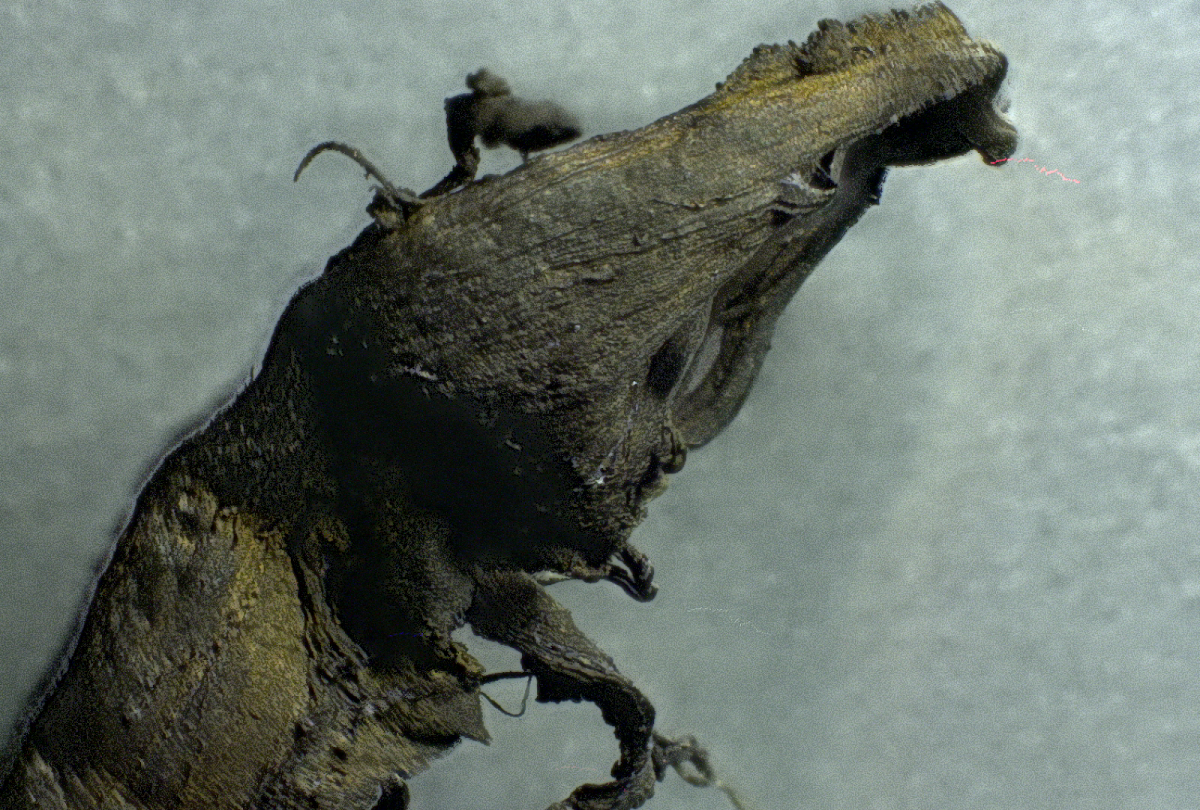Child care and COVID-19: Study reveals child care centers don’t drive COVID-19 infections
11/06/2020 / By Divina Ramirez

Child care centers that stayed open during the first three months of the COVID-19 pandemic in the U.S. did not contribute to the spread of the disease, according to researchers from Yale University in Connecticut.
In particular, the team found no evidence of child care being a contributor to COVID-19 transmission between children and adult providers.
When the pandemic hit, several child care centers closed as a precaution. Centers could have also closed out of fear that COVID-19 would behave like influenza, which spread fast within child care centers, said study author Walter Gilliam, who is also a professor with the Yale Child Care Center.
The prepublication version of their report appeared online in the journal Pediatrics.
No association between exposure to child care and elevated risk of COVID-19 transmission
Gilliam and his colleagues looked at responses from 57,335 child care providers throughout the US. The cohort included those who continued working during the first three months of the pandemic and those who did not. It appeared that there were no significant differences in COVID-19 outcomes between the two groups.
This finding indicates a low risk of children spreading the disease to adults, said Gilliam. However, on-site precautionary measures like frequent handwashing, disinfecting surfaces and screening for illness may have also contributed to the low transmission risk.
The responses also indicate that mask-wearing was not as significant a precautionary measure as the others, as most adult providers, including the children themselves, did not wear masks while inside the center.

Furthermore, transmission rates specific to a given area could affect the risk of COVID-19 transmission within child care centers. If so, it would not matter that the child care center is not spreading COVID-19, said Gilliam. “The child care providers will get sick in the community.”
Given these findings, the researchers concluded that child care providers did not face a greater risk of getting the disease from their workplaces so long as core health practices were observed.
This report has significant implications at a time when parents and guardians are unsure whether or not their children will be safe from COVID-19 inside child care centers. In addition, these findings may encourage child care centers that closed down to reopen and resume business.
Children rarely transmit COVID-19 in schools
Given the specific context of the report, the researchers cautioned that their findings might not be applicable in school settings where the student population is older and greater than those found in child care centers.
However, existing studies on COVID-19 suggest that children are at a lower risk of contracting or spreading the disease than adults. For instance, a recent commentary that appeared in Pediatrics concluded that children rarely transmit COVID-19 to their peers and to adults, provided they observe social distancing guidelines.
The commentary was based on the findings of recent studies that looked at COVID-19 transmission by and among children. One study looked at the household of 39 Swiss children infected with the disease. Contact tracing showed that an infected child was suspected to be the first case within their household in just three cases.
In another study, a child with COVID-19 was exposed to more than 80 children at three schools. None of the children contracted the disease. Meanwhile, a study by researchers from New South Wales showed that only two secondary infections occurred after exposing nine infected students and nine school staff to a total of 735 uninfected students and 128 uninfected school staff.
“The key takeaway is that children are not driving the pandemic,” said William Raszka, a pediatric infectious disease specialist who co-authored the commentary. “[We] have a wealth of accumulating data showing that children are less likely to become infected and seem less infectious.”
Schools should reopen for all levels
With studies like these, experts are beginning to get on board with the idea of reopening schools in the US. In his presentation at America’s Frontline Doctors’ second White House Summit, California-based primary care physician Jeff Barke said that schools should reopen for all levels, citing a high survival rate for those aged 19 and under.
In fact, the survival rate for this age group is at 99.99 percent, as per a recent update from the Centers for Disease Control and Prevention (CDC). With children at low risk of contracting and spreading COVID-19, there is no reason to keep them home from school, added Barke.
Moreover, reopening schools might help protect children from developing mental health issues caused by stress from both remote learning and COVID-19 fears, as well as isolation from their friends.
“We must remove the politics of [COVID-19] out of our schools and away from our children,” concluded Barke. (Related: Are COVID case surges more fake news?)
Learn more about possible factors that influence COVID-19 transmission at Pandemic.news.
Sources include:
Pediatrics.AAPPublications.org
Submit a correction >>
Tagged Under:
children, children's health, coronavirus, covid-19, future science, goodresearch, infections, outbreak, pandemic
This article may contain statements that reflect the opinion of the author




















